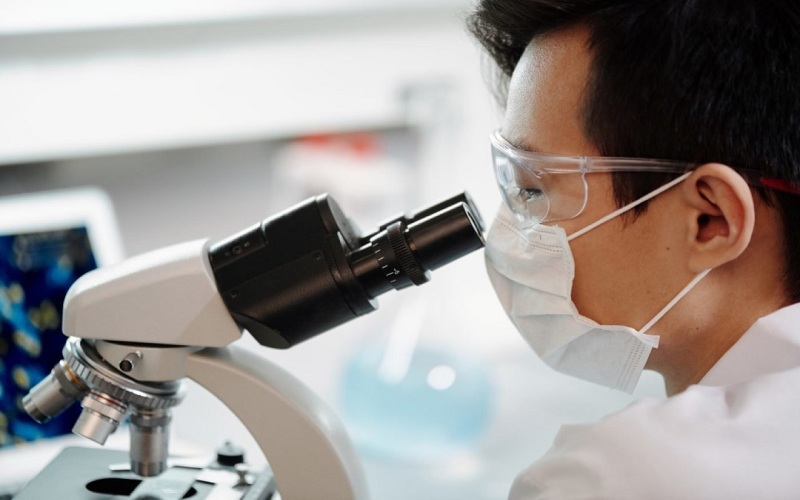Pharmaceutical manufacturing is susceptible to contamination, which poses significant health risks. This overview highlights the main sources of contamination, the response strategies when contamination occurs, and preventive actions to minimize its risk.
Contamination in pharmaceutical production typically arises from failure to follow microbiological safety measures. Microbiology labs dealing with hazardous chemicals, biological agents, and potentially harmful substances like pathogens or radioactive materials are at greater risk.
Contaminants can enter the production process due to procedural mishaps, which may result from inadequate facility design, lack of staff training, poor handling of materials, ineffective air filtration systems, or accidental mixing of substances.
When contamination is suspected, it is essential to conduct a swift and comprehensive investigation. This is where the role of analytical testing laboratories becomes crucial, as they help pinpoint the contamination source. Standard practices in both pharmaceutical and biopharmaceutical industries include cleaning the affected area and conducting further tests to ensure the environment is safe and secure.
Post-contamination, it is vital to evaluate and update safety protocols, which may involve enhancing equipment, improving handling procedures, or addressing infrastructure issues like poor ventilation. Continuous updates to these safety measures are crucial to ensure ongoing safety and to bolster the expertise of operational management teams.
For complete guidelines on handling pharmaceutical contamination, please consult the detailed resource provided below.





